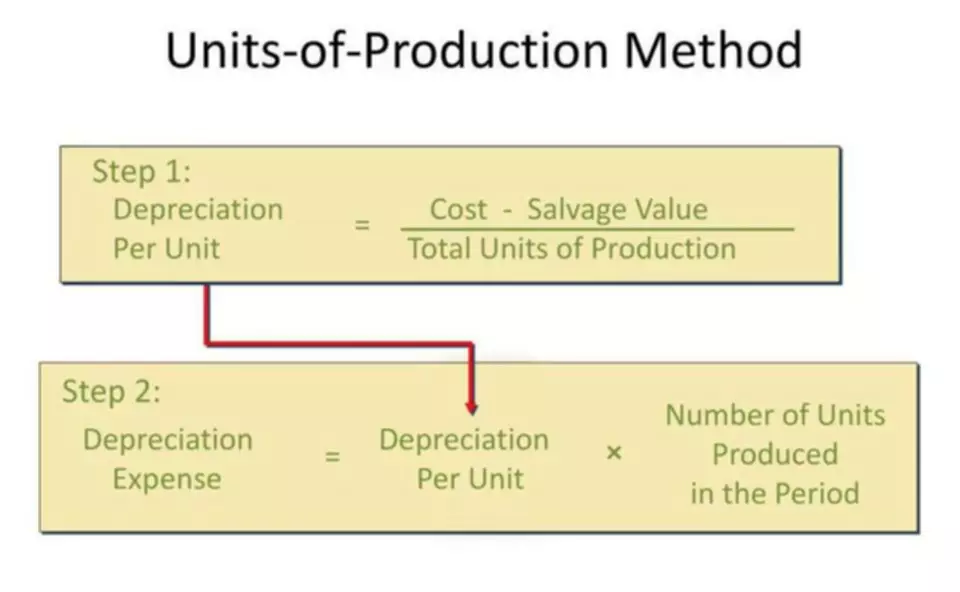Content

Before you can begin to use a T-account, you have to understand some basic accounting terms. As I’ve received the coffee machine, I’ve gained £700 worth of fixed assets . Join our community of finance, operations, and procurement experts and stay up to date on the latest purchasing & payments content. Using the Order.co platform, many basic tasks such as reporting and visualization, invoice reconciliation, and spend analysis happen automatically within the platform. It takes the guesswork out of managing spending across locations and gives accounting professionals granular insight into every dollar flowing into and out of the organization.

It exists to ensure that the total debits equal the total credits, indicating that all transactions have been recorded accurately. Since management uses these ledger accounts, journal entries are t accounts posted to the ledger accounts regularly. Most companies have computerized accounting systems that update ledger accounts as soon as the journal entries are input into the accounting software.
A Small Business Guide to T-Accounts
Having individual T-accounts within the nominal ledger makes it much easier to collect the information from many different types of transactions. The next section will explain what is done with the balances in each of these accounts. T-accounts are commonly used to prepare adjusting entries at the end of an accounting period. The adjusting entries will journalize the difference between the account balances as shown in the general ledger and the actual account balances.
Do accountants still use T accounts?
Accountants use T accounts in order to make double entry system bookkeeping easier to manage. A double entry system is a detailed bookkeeping process where every entry has an additional corresponding entry to a different account. Consider the word “double” in “double entry” standing for “debit” and “credit”.
Every day, I receive cash from my coffee sales shown in the debit column on the left. In the right column, the credits represent cash being spent either on inventory or operating costs. T-accounts are used to track debits and credits made to an account. Now these ledgers can be used to create anunadjusted trial balancein the next step of theaccounting cycle. Debits increase asset or expense accounts, while credits decrease them. A T-Account records the debits and credits that affect an account, as well as the running balance of the account.
How to Post Journal Entries to T-Accounts or Ledger Accounts
For liability accounts such as payables and equity accounts like capital, all increases are posted as credits which are on the right column of the T-account. Conversely, all decreases are posted as debits which are on the left column. An account’s assigned normal balance is on the side where increases go because the increases in any account are usually greater than the decreases. Therefore, asset, expense, and owner’s drawing accounts normally have debit balances. Liability, revenue, and owner’s capital accounts normally have credit balances. You may find the following chart helpful as a reference.
Liabilities decrease on the debit side; therefore, Accounts Payable will decrease on the debit side by $3,500. This is a transaction that needs to be recorded, as Printing Plus has received money, and the stockholders have invested in the firm. On January 30, 2019, purchases supplies on account for $500, payment due within three months. On January 23, 2019, received cash payment in full from the customer on the January 10 transaction. On January 5, 2019, purchases equipment on account for $3,500, payment due within the month.